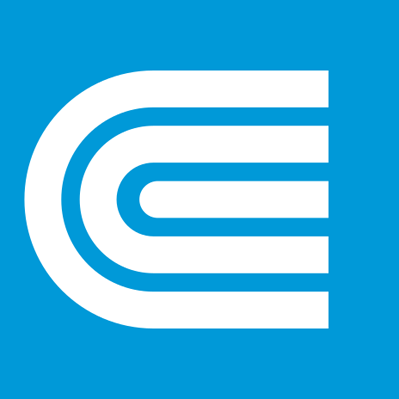Description
Consolidated Edison is one of the largest investor-owned energy companies in the United States, with approximately $12 billion in annual revenues as of 2017, and over $62 billion in assets. The company provides a wide range of energy-related products and services to its customers through its subsidiaries:
- Consolidated Edison Company of New York, Inc. (CECONY), a regulated utility providing electric and gas service in New York City and Westchester County, New York, and steam service in the borough of Manhattan;
- Orange and Rockland Utilities, Inc., a regulated utility serving customers in a 1,300-square-mile (3,400 km2) area in southeastern New York and northern New Jersey;
- Con Edison Solutions, an energy services company;
- Con Edison Energy, a wholesale energy services company;
- Con Edison Development, a company that owns and operates renewable and energy infrastructure projects, and,
- Con Edison Transmission, Inc., which invests in electric and natural gas transmission projects.
In 2015, electric revenues accounted for 70.35% of consolidated sales (70.55% in 2014); gas revenues 13.61% (14.96% in 2014); steam revenues 5.01% (4.86% in 2014); and non-utility revenues of 11.02% (9.63% in 2014).
History
In 1823, Con Edison's earliest corporate predecessor, the New York Gas Light Company, was founded by a consortium of New York City investors. A year later, it was listed on the New York Stock Exchange (NYSE). Due to the Board of Aldermen's authority to grant franchises in the City of New York in the early to mid 1800s, interaction with Tammany Hall was required to expand business. By William M. Tweed's reign in the late 1860s as the boss of Tammany Hall, the power to authorize franchises lay with the County Board of Supervisors, of which Tweed had been a member. By 1871, Tweed was a member of the board of the Harlem Gas Light Company, a precursor to the Consolidated Edison Company. In 1884, six gas companies combined into the Consolidated Gas Company.
The New York Steam Company began providing service in lower Manhattan in 1882. Today, Con Edison operates the largest commercial steam system in the world, providing steam service to nearly 1,600 commercial and residential establishments in Manhattan from Battery Park to 96th Street.
Con Edison's electric business also dates back to 1882, when Thomas Edison's Edison Illuminating Company of New York began supplying electricity to 59 customers in a square-mile area in lower Manhattan. After the "war of currents", there were more than 30 companies generating and distributing electricity in New York City and Westchester County. But by 1920 there were far fewer, and the New York Edison Company (then part of Consolidated Gas) was clearly the leader.
In 1936, with electric sales far outstripping gas sales, the company incorporated and the name was changed to Consolidated Edison Company of New York, Inc. The years that followed brought further amalgamations as Consolidated Edison acquired or merged with more than a dozen companies between 1936 and 1960. Con Edison today is the result of acquisitions, dissolutions and mergers of more than 170 individual electric, gas and steam companies.
Consolidated Edison acquired land on the Hudson River in Buchanan, NY, in 1954 for the Indian Point nuclear power plant. The first reactor (Indian Point 1) began generating power on September 16, 1962. The reactor was shut down on October 31, 1974, because the emergency core cooling system did not meet regulatory requirements. The company built two more reactors at Indian Point during the 1970s: Indian Point 2 and 3. Indian Point 3 was sold to the New York Power Authority in 1975. Entergy acquired Indian Point 2 in November 2000, nine months after a steam generator leak. With the sale of Indian Point 2, the last power plant it owned, Consolidated Edison, Inc. became primarily an energy distributor.
On January 1, 1998, following the deregulation of the utility industry in New York state, a holding company, Consolidated Edison, Inc., was formed. It is one of the nation's largest investor-owned energy companies, with approximately $13 billion in annual revenues and $47 billion in assets. The company provides a wide range of energy-related products and services to its customers through two regulated utility subsidiaries and three competitive energy businesses. Under a number of corporate names, the company has been traded on the NYSE without interruption since 1824—longer than any other NYSE stock. Its largest subsidiary, Consolidated Edison Company of New York, Inc., provides electric, gas and steam service to more than 3 million customers in New York City and Westchester County, New York, an area of 660 square miles (1,700 km2) with a population of nearly 9 million. Also in 1998, Consolidated Edison, Inc. acquired Orange & Rockland Utilities, which is operated separately.

























